QuestionHi-I'm a 55 year old woman who inherited 2 5-month-old golden retriever puppies to care for & train by myself. I teach a couple of college classes a week so I'm home quite a bit. I've owned 3 golden retrievers in the past but I'm finding it's nearly impossible to train these guys. They came from the same litter but from different dads: one's a pure golden (ADORABLE, PERFECT), the other is also ADORABLE & we love him, although we don't know what breed the dad is. They're different personalities but we love them both. I'm scared! They jump up on & claw us when they first see us after a bit; they tug hard on their walks (once/day); one bites a LOT, including our noses, ears & chins. I've had health problems that prevent me from walking them more than once/day. Both are eager to please, smart, energetic, etc. They still sleep together in the same crate. They play/fight pretty rough sometimes. Also groom each other occasionally. They'll be neutered when old enough. I'm old, tired, & frustrated w/my inability to train them well. Should I have a trainer come to the house to assess the situation? We're not rich & I fear the cost of customized training but am unable to get them both to classes or socialization stuff by myself.
AnswerThere are some techniques that should help. When they jump up, step backwards, allowing them to fall to the floor. Never give them any attention when they jump up. Praise them and give them attention when they stand or sit quietly.
Young Labs, which I know best, and other puppies tend to very bad about biting. You see a litter of them, and all the ones that are awake are biting another one or themselves. I am not even sure they realize that when they are alone, if they quit biting, they would quit being bitten. At 3 to 4 months they are getting their adult teeth, and it seems they spend every waking moment biting or chewing. One thing you can do at that stage is to knot and wet a piece of cloth. Then freeze it. The cooling will soothe the gums. Only let the puppy have it when you are there to watch it. I maintain a Lab's favorite chew toy is another Lab. Otherwise they settle for any person they can. They keep hoping to find one that won't yelp, jerk their hand away, and leave.
You just have to keep on correcting them, hundreds of times, not dozens. Provide sturdy, safe toys such as Kongs and Nylabones. Avoid things they can chew pieces off and choke on them. Keep them away from electrical cords. Crates are essential for most young Labs and other dogs.
The pet stores are full of toys that many dogs will quickly chew up into pieces they could choke on or cause intestinal blockages. If you are not there to watch, stick to sturdy stuff such as Nylabones and Kongs. Keep a close eye on chew toys and quickly discard anything that is coming apart in pieces. Rawhide is especially bad because it swells after being swallowed. I don't trust any of the consumable chews. The dogs just gnaw them down to a dangerous size too quickly. These problems are the worst with, but not limited to, large, aggressive chewers such as Labs.
Use a Martingale collar, the kind with a fabric loop and a second loop the ends of the first one are attached to. You want one that tightens up completely on the dog's neck providing a mild negative. When the dog pulls, step backwards pulling the dog to the right. When it turns and slackens the leash, go foward again allowing it to go forward following sort of an ''S'' curve. As soon as the leash tightens repeat. If you get nowhere, fine, you are teaching him he won't unless he walks with a slack leash.
Still, you may want to switch to a head collar. The leading brands are Promise, Haltie, and Gentle Leader. They have a strap going around the dogs nose looking something like a muzzle. They work by pulling the dogs head around. No other way gives you such great control with so little force. The prong collar is now a dangerous relic of value only for its macho looks. Do not consider using one without hands on instruction from somebody with plenty of experience with them.
You need more help than I can give you here. Look for a book.
Excel-crated Learning by Pamela Reid, 1996
Don't Shoot the Dog, by Karen Pryor, 1996
Surviving Your Dog's Adolescence, by Carol Lea Benjamin, 1993
Second Hand dog, by Carol Lea Benjamin, 1988
Dog Problems, by Carol Lea Benjamin, 1989
Super Puppy, by Peter J. Vollmer, 1988
HELP, Mt dog Has an Attitude, by Gwen Bohnenkamp, 1994
Owners' Guide Better Behavior in Dogs and Cats, by William Campbell, 1989
What All Good dogs Should Know, By Wendy Vollmer, 1991
How to Raise a Dog When Nobody is Home, Jerry Kilmer, 1991
Puppy Primer, by Brenda K Skidmore and Patricia B. McConnell, Ph.D., 1996
Beginning Family Dog Training, by Patricia B. McConnell, Ph.D., 1996

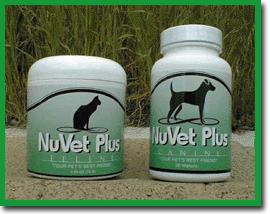 Anxiety? golden retreiver ; valerian time release canine dosage :
QuestionMy Golden is panting, pacing and pawing excessi
Anxiety? golden retreiver ; valerian time release canine dosage :
QuestionMy Golden is panting, pacing and pawing excessi
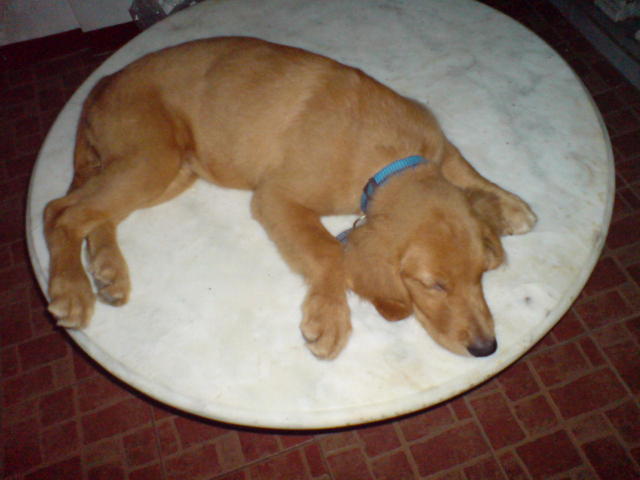 Golden retriver got sick and wont eat regularly
Question
Pauline - our golden r
Hi. We have a very heal
Golden retriver got sick and wont eat regularly
Question
Pauline - our golden r
Hi. We have a very heal
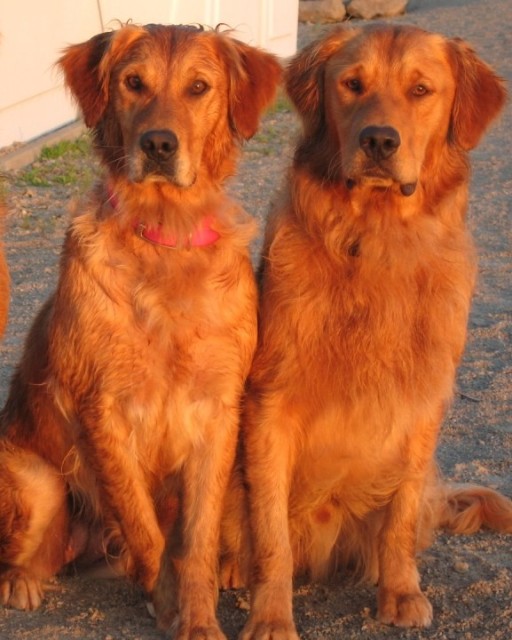 my golden puppy has bad skin problems
Questionso i have had this skin problem with my golden
my golden puppy has bad skin problems
Questionso i have had this skin problem with my golden
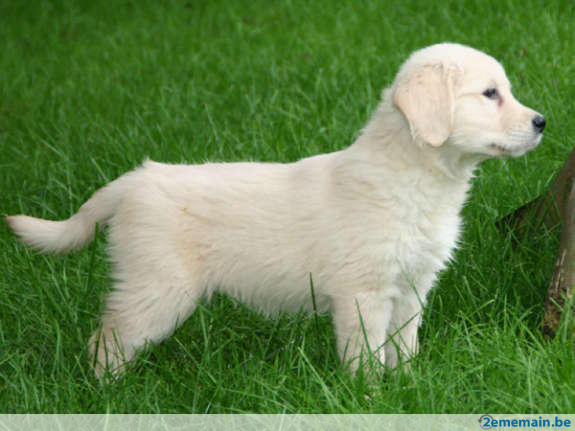 Golden retriever
QuestionGolden retriever puppy
QUESTION: Hello,
Golden retriever
QuestionGolden retriever puppy
QUESTION: Hello,
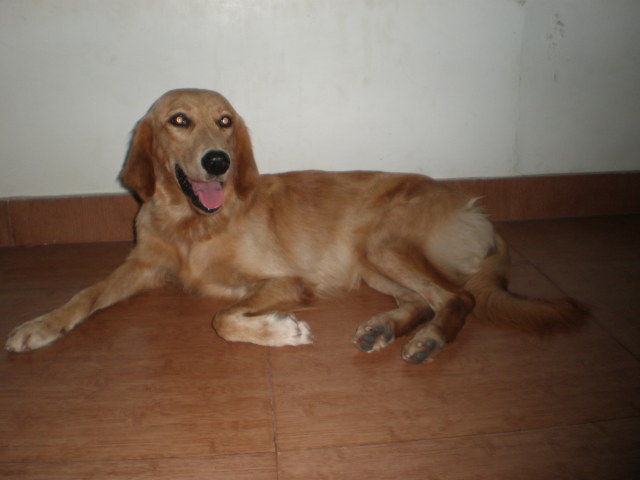 Food for a 8 months GR
QuestionRini
QUESTION: I have a 8 months old fem
Food for a 8 months GR
QuestionRini
QUESTION: I have a 8 months old fem